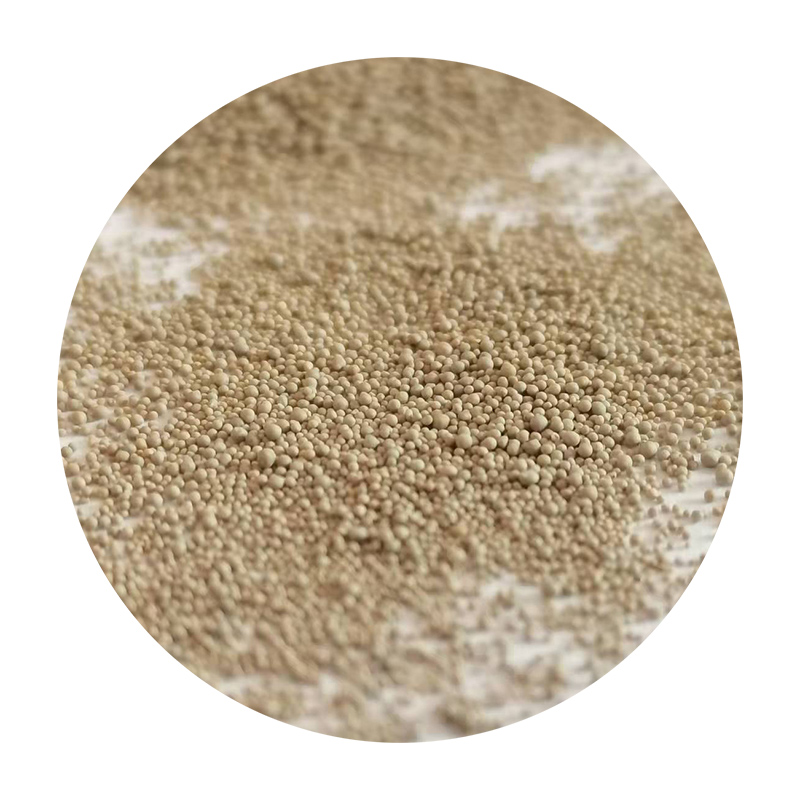Wet Sanding Ceramics A Guide to Achieving a Flawless Finish
When it comes to ceramics, achieving a smooth, polished finish can be a daunting task. Among the various techniques available, wet sanding has emerged as a preferred method for many artisans and hobbyists. This technique not only enhances the aesthetic appeal of ceramic pieces but also ensures durability. In this article, we will explore the process of wet sanding ceramics, its benefits, and tips for achieving the best results.
What is Wet Sanding?
Wet sanding involves the use of water as a lubricant during the sanding process. This technique is commonly employed in various materials, including metals and wood, but it is particularly advantageous for ceramics. The primary function of wet sanding is to minimize dust and prevent the abrasive particles from clogging the sandpaper. By keeping the surface wet, the ceramic material is cooled, which reduces the risk of cracks or chips during sanding.
Benefits of Wet Sanding Ceramics
1. Smooth Finish One of the key advantages of wet sanding is the ability to achieve a smoother finish. The water helps to dissolve any debris created by the sanding process, allowing for a more even surface. This results in a polished look that enhances the overall appeal of the ceramic piece.
2. Reduced Dust Unlike dry sanding, which can create a significant amount of dust, wet sanding keeps the workspace cleaner. This is particularly beneficial when working with materials that generate harmful particles. It contributes to a safer working environment and reduces the need for extensive cleanup.
3. Longer Lasting Abrasives Water acts as a lubricant, which helps in prolonging the life of sandpaper. When sanding dry, the abrasive particles can quickly wear down and become ineffective. Wet sanding allows the sandpaper to remain effective for a longer period, making it a more economical choice in the long run.
4. Control and Precision Wet sanding allows for greater control over the sanding process. The water helps to keep the ceramic material cool, reducing the likelihood of over-sanding. This precision is essential, especially when working on detailed or intricate designs.
wet sanding ceramics

The Wet Sanding Process
To achieve the best results when wet sanding ceramics, follow these steps
1. Preparation Begin by gathering your materials, which will include wet/dry sandpaper in varying grits (from coarse to fine), a bowl of water, and a soft cloth. Ensure your ceramic piece is clean and dry before starting.
2. Choose the Right Grit Start with a coarser grit sandpaper (around 400 grit) for initial sanding. As you progress, gradually move to finer grits (up to 2000 grit) to achieve a smooth finish.
3. Sanding Technique Submerge the sandpaper in water before use. Apply light pressure while sanding in a circular motion or along the contours of the piece. Regularly dip the sandpaper in water to keep it lubricated, and rinse the ceramic piece frequently to check your progress.
4. Final Polish After finishing with the finest grit, rinse the ceramic piece and dry it with a soft cloth. If desired, you can apply a ceramic polish or glaze to add an extra layer of shine.
5. Cleanup Once you have completed the wet sanding process, clean your workspace and dispose of any used materials properly.
Conclusion
Wet sanding ceramics is a valuable technique that can greatly enhance the quality and appearance of your pottery. With its numerous benefits, including a smoother finish, reduced dust, and prolonged use of tools, wet sanding is a method worth mastering. By following the steps outlined above and practicing with different ceramic pieces, you can achieve stunning results that will elevate your craftsmanship to new heights. Whether you are a seasoned potter or a beginner, wet sanding can be an indispensable addition to your ceramic finishing process.
Post time:ታኅሣ . 21, 2024 08:26
Next:Golden Shores Retreat with Serenity and Adventure Awaiting You
